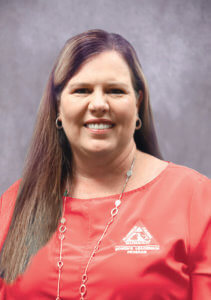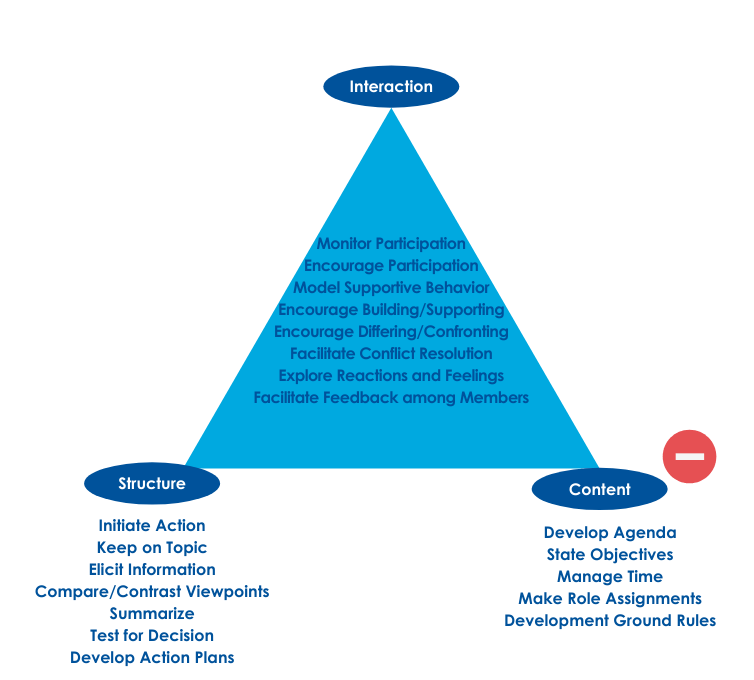November 2023 FloridAgriculture eNewsletter
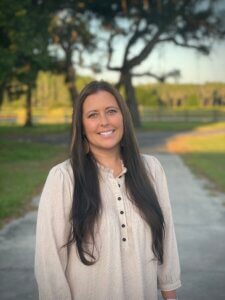 A Florida native, Ellie John was raised in the town of Duette, located in Manatee County. She was part of the Mighty 4-Hers of Duette and raised pigs during her youth. Growing up, John spent many summers on her great-grandparents’ farm and cousins’ dairy farm, both in New Jersey.
A Florida native, Ellie John was raised in the town of Duette, located in Manatee County. She was part of the Mighty 4-Hers of Duette and raised pigs during her youth. Growing up, John spent many summers on her great-grandparents’ farm and cousins’ dairy farm, both in New Jersey.
John attended Manatee Technical College where she became a certified dental assistant. She was blessed to be a stay-at-home mom for 14 years with her children and has worked as a dental assistant at a family-owned practice in Manatee County for the last three years.
Just like John did, her children participated in 4-H and showed cattle and pigs. Her husband is a fourth-generation cattle producer and actively ranches with John and their four kids. Additionally, the family owns a pasture restoration business and grows hay.
Agriculture holds a very large part of John’s heart. She has served as the leader for the Myakka Allstock 4-H club for 11 years and is heavily involved in the Manatee County Fair in the supervision of the beef breeding barn. 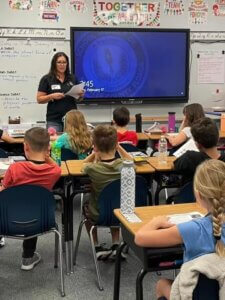
John’s involvement with Florida Farm Bureau started in 2015 when a longtime family friend and board member asked her to join their newly established women’s committee. John served as a founding member and was the first co-chair, serving for two years. She has served as the committee chair for six years along with Chris Mahoney as her co-chair and 13 committee members, all involved in agriculture.
“I have also served on the state committee for two years now and love my involvement with Farm Bureau,” said John. “I love the relationships I’ve built and the knowledge I’ve gained to help promote the ag industry.”
Her favorite part of being involved in Farm Bureau is the Manatee County “Agventure” event, held during Farm-City Week in November. This event is a rotating activity center, with an agricultural themed make-and-take activity. John serves as the timekeeper, and they have more than 1,000 third graders learn about local agriculture.
“What used to be a one-day event has turned into two days so we can reach more children,” said John. “We want to teach these kids that food doesn’t just come from the grocery store.”
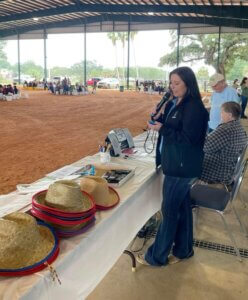 She is also involved with the Manatee County beef workshop and prospect show which also takes place during Farm-City Week.
She is also involved with the Manatee County beef workshop and prospect show which also takes place during Farm-City Week.
Through her strong community involvement, John is a powerful voice of agriculture in Manatee County. She continues to educate people in her community about the importance of agriculture and show them ways they can be tied to the industry.
“I am tied to Ag through my involvement with the local 4-H clubs, FFA chapters, the county fair and our county Farm Bureau and use these groups as ways to educate people in our community about the importance of agriculture,” said John. “I also share the importance of farming and ranching through my social media whenever I can.”
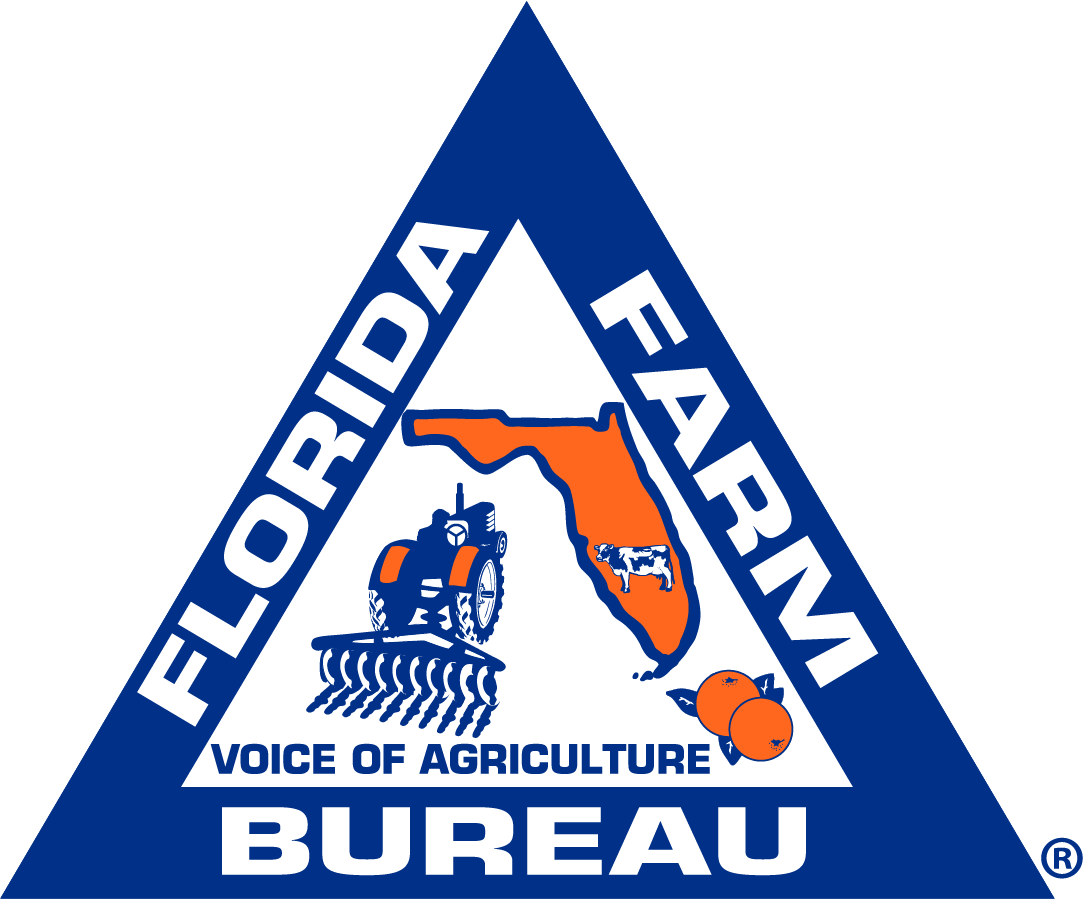
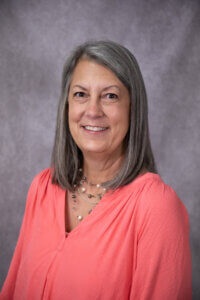 Surrounded by beef cattle and citrus groves, Valerie Ansell grew up running around on her family’s farm in Pasco County. Her father purchased part of the property when he was in high school, and bit by bit, purchased more pieces of land as they became available. Growing up, Ansell and her brother were involved in their local 4-H program, both raising dairy heifers and participating in various leadership projects.
Surrounded by beef cattle and citrus groves, Valerie Ansell grew up running around on her family’s farm in Pasco County. Her father purchased part of the property when he was in high school, and bit by bit, purchased more pieces of land as they became available. Growing up, Ansell and her brother were involved in their local 4-H program, both raising dairy heifers and participating in various leadership projects.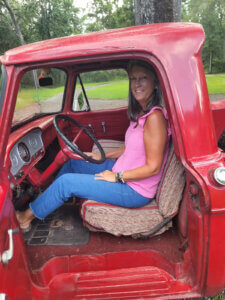 Currently, Ansell helps out with the family farm, Jimmy Mc’s, and manages photographer requests for the family sunflower u-pick. She is the proud owner of Frank, a 1964 F-100, that is used in numerous photoshoots throughout the year. She also works part-time at Stable Faith Cowboy Church as the outreach director. Ansell enjoys using this role to connect agriculture programs to her church family and community members.
Currently, Ansell helps out with the family farm, Jimmy Mc’s, and manages photographer requests for the family sunflower u-pick. She is the proud owner of Frank, a 1964 F-100, that is used in numerous photoshoots throughout the year. She also works part-time at Stable Faith Cowboy Church as the outreach director. Ansell enjoys using this role to connect agriculture programs to her church family and community members.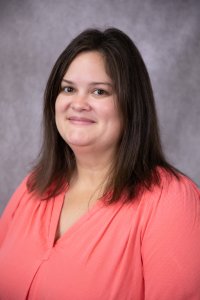 NoraBeth Carpenter
NoraBeth Carpenter